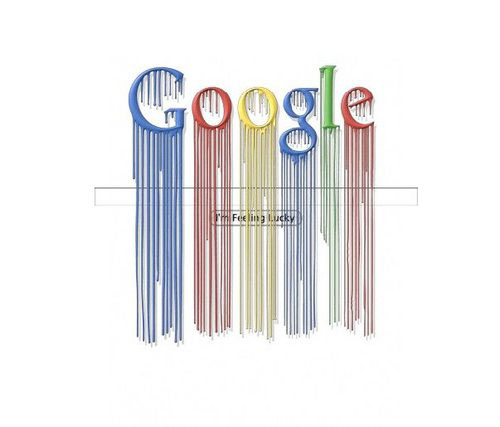
It sounds like an old AOL story, but Google, owners of YouTube, have announced that they’re enlisting “Hollywood” to generate more views by creating another 25 hours of programming with topdogs in TV spending a $100 million “seed” money. This is YouTube’s largest spending commitment on content so far.
The question is, why? At least from a youth culture perspective, and as seen in our data including fresh insights from our soon-to-be-released Spring Youth Culture Study 2012, YouTube’s popularity stems in the fact that it’s consumer content-driven. Discovering unknowns from musicians to comedians is a part of viewership attraction. Not to mention that TV continues to drop among this new generation that prefers to watch YouTube anyway, therefore negating the idea that a TV celeb, director, writer, is actually going to attract more fans among an audience that doesn’t care nearly as much as the TV industry and advertisers think (or wish).
Still, YouTube/Google believes their latest strategy of creating an additional 96 channels (a.k.a. artists’ homepages) will boost revenues, mainly through the anachronistic model of advertising. Basically, on some of the soon-to-be hot channels, there will be a subscribe button which pops up when new content is posted and thus helping to monitor viewership and advertising.
The disconnect comes in this particular statement: “Well-funded videos by a select roster of stars are likely to be more watchable than the average YouTube fare of cute cats and webcam monologues. YouTube is betting that a solid stream of good content will attract more revenue from advertisers, bring viewers back frequently, and bolster its parent company’s fledgling Web-connected-TV platform, Google TV.”
What they’re missing is the knowledge of what the largest demographic of YouTube watchers which is youth culture are actually watching and creating themselves. It’s not cute cats. (Stay tuned for our Spring Youth Culture Study 2012 for more.)
But it gets even sillier: YouTube expects to recoup costs by sharing ad revenue the new videos generate. Ad revenue generated in a less than 10-minute YouTube clip is pretty small.
Overall, while the concept of moving from TV to online content is clearly the way to go to tap into a demographic that is generationally at ease with smart phones, internet, and tablets, the way YouTube and Google are approaching it comes from an old-school philosophy and out-dated model. The best use for the $100 million seed money would be to put it into the hands of the growing number of niche consumer-content creators towards boosting even more shows, or setting up a scholarship program for young YouTuber entrepreneurs.


